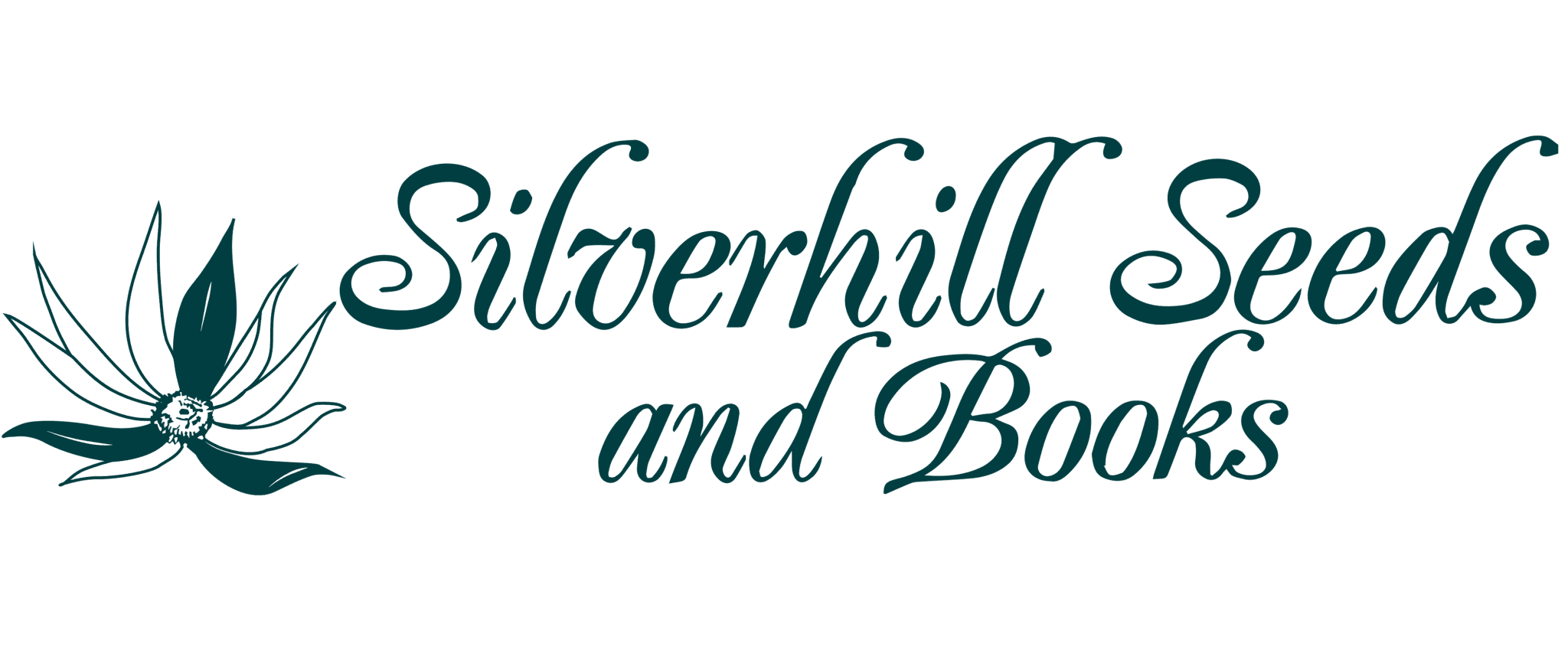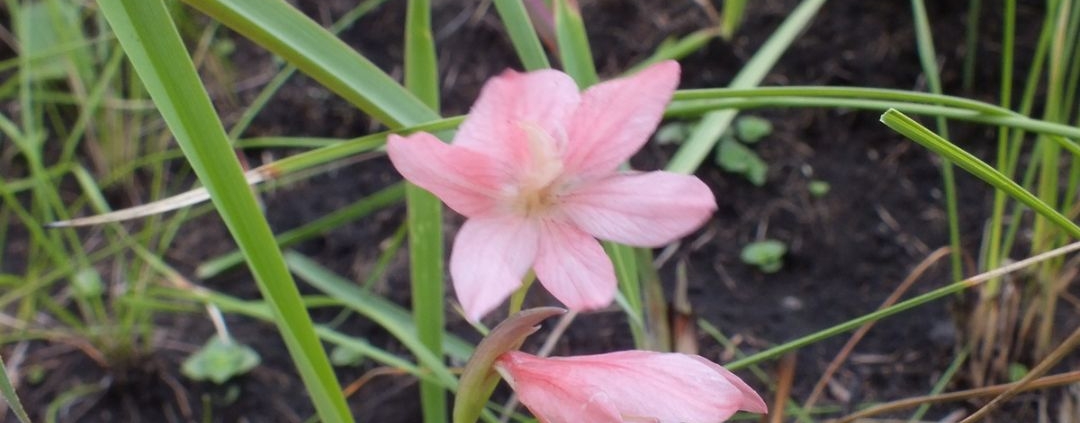From the Archives: Newsletter January 2016
January 2016
Dear Plant Lover
As usual, we will start our newsletter with a weather report! At present, the entire Southern African sub-continent from Zambia, Malawi and Mozambique southwards, is in the grips of a most devastating drought accompanied by a heat wave. All of this area, except for the SW Cape, is supposed to have summer rain and most areas have had no rain at all this summer. Zambia has no electricity as 90% of their power is hydro-electric and the Zambezi River is at the lowest level recorded. The Free State Province in SA has had not a drop of rain yet this summer and looks like the middle of winter with brown grass and dormant trees. The SW Cape receives winter rain, and our rainfall was about 1/3 of average in 2015. The last rain we had was in about October, and since then we have not had one drop. Most of the mountain streams are bone dry and we are experiencing day after day of sustained hot weather with temperatures in the upper thirties and low forties. On New Year’s day we were in the mountains at Bainskloof near Wellington and the temperature at 1pm was 46°C!
The weather office says this is the worst drought for over 20 years, and it is unusual in that it is covering the whole country, and is accompanied by very high temperatures. Apparently it is due to El Nino, and could extend into a 2nd year. Already we have a food crisis as there was a reduced wheat crop and the maize (corn) crop will be non-existent. Plus of course we have a water crisis as there is simply not enough stored water.
Our Gladiolus project mentioned in the last newsletter is continuing and we are now down to the last 7 species. We have spent the last two Christmases in the Drakensberg looking for Gladiolus – a very rare high altitude species only ever seen by a handful of people. Christmas is normally a time when we stay at home as the roads and holiday resorts are full of holiday makers, enjoying the long summer holidays. We drove to the Drakensberg using all the back roads, many of them dirt, to try to avoid the main routes as South Africans are suicidal on the roads at this time of year. We had booked a cave at 2200m where we intended spending 3 nights. The cave is about 10km from the car park, and of course, it is uphill all the way! Neither of us has carried a full rucksack for quite a few years as we normally go on long day walks carrying only protective clothing and lunch. By careful planning of both clothes and food, we kept our packs to a reasonable weight so the walk was pleasant, particularly as there were several large pools to swim in on the way. Once at the cave, we left our packs hidden, and walked to higher altitudes every day.
Needless to say, we did not find Gladiolus symonsii despite a systematic 3 day search for it in known and preferred habitats. However we did find 2 other Gladiolus species and many other plants in flower including Dierama dracomontana, Dianthus basuticus, several Glumicalyx species, Kniphofias, Agapanthus and Albucas. Due to the dry conditions in SA, the grass hadn’t grown as much as usual so the other flora benefited as there was no competition with grass. We had both forgotten how beautiful the ‘berg flora is and seeing the flowers with a backdrop of the majestic mountains cannot be described adequately.
One other Drakensberg endemic Gladiolus species that we still need to photograph is Gladious microcarpus which comes from the cliffs of the northern Drakensberg. We found a couple of plants in flower this December, but as fate would have it, a spell of cloudy misty overcast weather had moved in and it was so wet and damp that we could not photograph them! Several people had told us of large clumps of this species on the path up to Sentinel Peak. However in the winter of 2014 a devastating fire swept through the area (not a usual occurrence) and G. microcarpus has not been seen there since. We suspect that it is extremely fire sensitive and may now be extinct at this site.
Two other rare Gladiolus species that we photographed last year are Gladiolus antholyzoides and Gladiolus phoenix. Gladiolus antholyzoides used to occur in large numbers around Sasolburg in the Free State south of Johannesburg, as well as around Pretoria. Due to urban encroachment and mining, most of its habitats are now gone, except for a few plants left in a wild area of a friend’s garden. We have been communicating with him and he agreed to let us know when the plants were coming up to flower. Lo and behold, despite the drought, in November he phoned and told us to come quickly as several plants were about to flower. So we booked flights to Johannesburg for the following week, hired a car, drove to Sasolburg to photograph the Gladiolus, and flew back to Cape Town the same day. An expensive Gladiolus!!
Gladiolus phoenix is one of the species that we thought we would not find. It only flowers in the first year after fire, and it only occurs in the Bainskloof Mountains behind Wellington in the SW Cape. However, early in 2015 Bainskloof burned, so we vowed that from November onwards, we would do weekly searches of the area until we found it! We were so lucky – on our first search, there it was, right next to the road! What a gorgeous plant – a large tall branched inflorescence with masses of clear pink flowers all open at the same time. It is amazing that such a striking plant has only recently been described, and we assume that this is because of the position of the plant in relation to the road. The road is extremely narrow with a precipitous drop on one side, and most people would have their eyes glued to the road rather than looking for plants up the bank!
Sadly, Rachel’s mother died in April 2014 at the age of 96. Luckily for her, she was still at work one week, and died of heart failure the next week, so she was ill for only a couple of days. We still miss her and think of her often as she left many signs in our seed room and we come across her handwriting frequently! Ondine, Darkie and Cherrie still work every day and any of you who have phoned our office will probably have spoken to Ondine.
True to our promise, we have acquired another cat, a Somali who we named Abraham! Perhaps we should have named him Ibrahim instead, taking his breed into consideration! He is a most affectionate cat and is spoiled rotten! Fortunately he seems to lack Nanuk’s wanderlust and spends most of his time in our garden (or so we hope!). Part of this newsletter was written with his help – he has jumped up onto the table and deposited himself onto the paper, knocked the pencil sharpener onto the floor, and is in the process of doing the same with the hand lens while dabbing at the pencil!
Since the last newsletter, some new books have been published and all of them are listed on our website.
- There is a new upgraded and enlarged version of the Namaqualand Wildflower Guide.
- Lapeirousias have not escaped the taxonomic whirlwind, and have been divided into 4 genera – read about it in “Systematics and Biology of Lapeirousia, Codonorhiza, Psilosiphon & Schizorhiza in southern Africa”.
- Jan Vloks admirable Field Guide “Plants of the Klein Karoo” has been re-printed and upgraded.
- Herbert Starcker, a superb photographer, has produced a photographic guide to all the South African orchids titled “Orchids of South Africa”.
We finally completed our house renovations which eventually included not only the kitchen and dining room, but also our bedroom, passage and book and wine room. We replaced all the floors in these rooms as well as other major and minor renovations, and the house looks beautiful. The next big job is to re-wire the house which still has some of the original wires from the 1930s! However, that job involves removing and replacing part of the roof, so will have to wait until we feel strong enough to tackle the disruption.
With best wishes
Rod and Rachel Saunders



